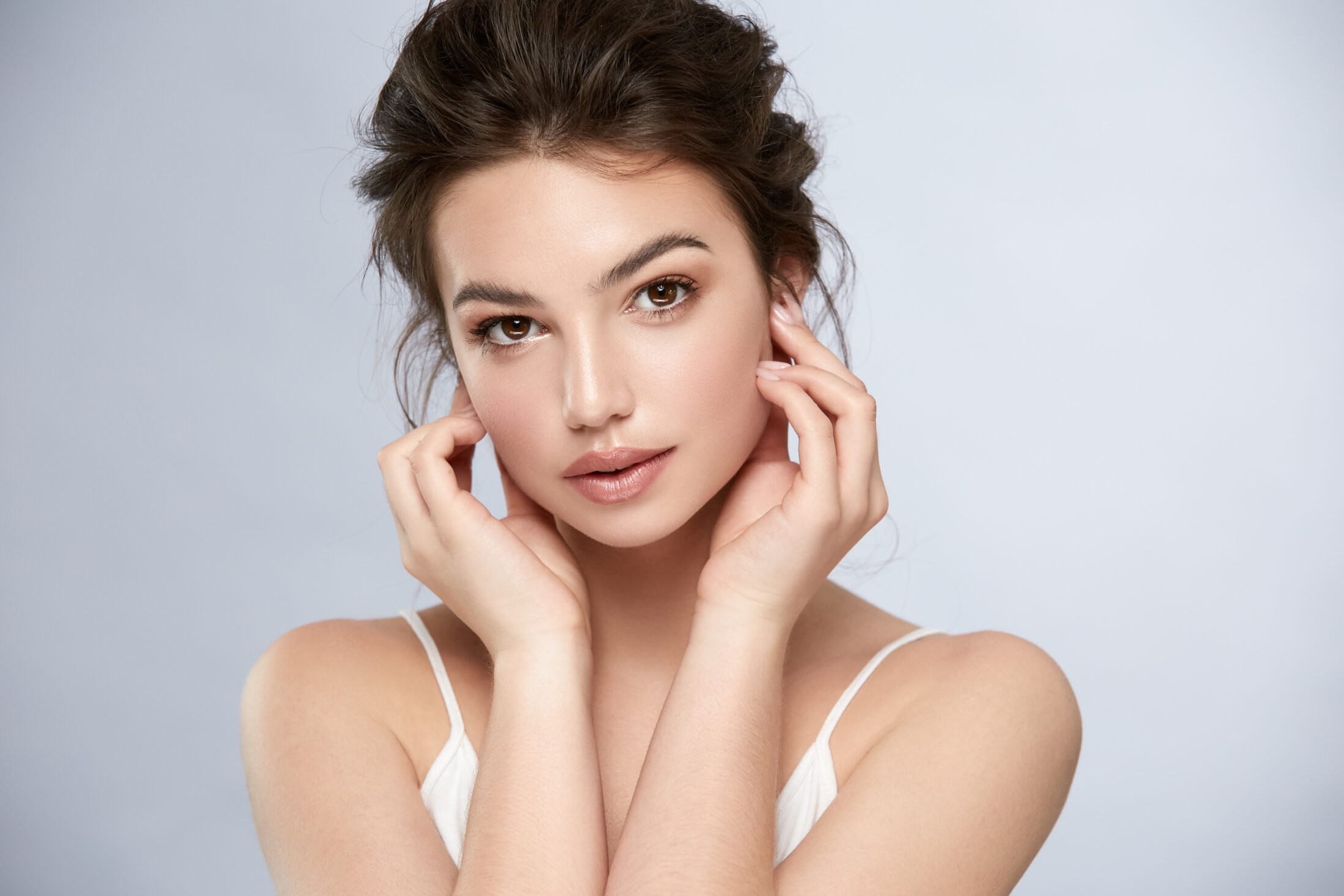
Chemical Peels
Chemical peels offer a range of benefits for skin rejuvenation and enhancement. These non-invasive cosmetic treatments involve the application of a chemical solution to the skin, which exfoliates the outer layer, encouraging the regeneration of new, healthier skin cells. One of the primary advantages is improved skin texture, as chemical peels effectively reduce the appearance of fine lines, wrinkles, and sun damage. They also help minimize acne scars and pigmentation irregularities, resulting in a more even skin tone. Additionally, chemical peels stimulate collagen production, contributing to increased skin elasticity and firmness.
About the Treatment
As we age, our skin starts to lose its smoothness, elasticity, and brightness. Dead skin cells build up on the surface of our skin, leading to dullness and rough, irregular texture. Chemical peels are a tried and true method of removing these dead skin cells in order to regain a youthful glow. Chemical peels have been around for over 100 years as an intensive exfoliation treatment to renew and rejuvenate aging skin which has been marred by dark blotches, fine lines, sun damage, and acne scarring.
Chemical peeling is essentially an accelerated form of exfoliation induced by the use of a chemical agent used to improve the appearance of the skin. For dull, lifeless skin it can reduce age spots and reduce hyper-pigmentation. It can bring back some vitality to an individual’s appearance and can even make the skin glow.
However, chemical peels are not only used to remove layers of the skin, but also to induce collagen formation in the dermis, as antibacterial agents, as regulators of sebaceous gland function and as bleaching agents.
There are many types of chemical peels ranging from superficial peels to deep peels. If you are considering a peel, Dr. Manrique would carry out an extensive examination of your skin and overall health taking into account factors such as your age, the condition to be treated, the degree of the condition, your expectations and the extent of your exposure to the sun.
Many conditions can be dramatically improved by being treated with chemical peels. These include: acne, acne scars, lines and wrinkles, photo aging, oily skin, localized hyper-pigmentation (lentigo-age spots) and melasma.

Before & After Photos
Explore our before and after gallery to witness the remarkable transformations that have left our clients feeling more confident and beautiful than ever. From subtle enhancements to dramatic makeovers, our gallery showcases the artistry of transformation.
Frequently Asked Questions
It’s common to have questions about chemical peels. You can trust Dr. Manrique to give you a thorough and thoughtful answer to your queries.
The most frequently asked questions about chemical peels include the following:
Choosing the correct type of chemical peel for each patient is the most important step. Only very experienced physicians after a careful skin examination are able to suggest the best agent to use.
The choice depends on many factors such as: skin type, age, condition to be treated and degree of the condition, realistic expectations of the patient, philosophy of sun exposure.
Very superficial peels:
- For darker skin types (III-VI) (asian skin and black skin) with very low risk of side effects
- For oily skin
- To improve skin texture, to make the skin “glow”
- For mild papulo-pustular acne
- For comedonic acne
- For hyperpigmentation in dark skin individuals
- For mild acne scars
Superficial peels:
- For papulo-pustular acne
- Mild to moderate photoaging
- Mild to moderate lines and wrinkles
- Melasma
- Lentigo (age spots)
- Moderate acne scars)
Medium peels:
- Melasma
- Lentigo (age spots)
- Moderate to severe photoaging
- Moderate acne scars
Deep peels:
- Severe acne scars
- Severe lines and wrinkles
- Very superficial and superficial peels are slightly uncomfortable but not painful. There is a slight stinging and burning sensation that ceases as soon as the peel is neutralized. Retinol peels are absolutely painless.
- Medium peels cause a quite burning and stinging sensation for 2-5 minutes that ceases once the peel is neutralized. Resorcinol peels cause a slight burning sensation once the peel is taken off.
- Deep peels instead require local anesthetic with sedation and are performed in an operating room sometimes one-day hospitalization.
The duration of the chemical peel itself varies from very few minutes (2-5 minutes) to one and half hours.
The number of sessions depends on the type and severity of the condition to be treated.
It is very important to prime the skin before medium and deep peels. Before very superficial and superficial peels it is not always necessary to prime the skin.
Skin priming is prescribed by the doctor during the consultation and usually consists of the application of AHA and retinoid based creams for about 15 days prior to the treatment.
Yes. Expert doctors can use chemical peels on patients with dark skin. Very superficial and superficial peels have a very low risk or transitory hyperpigmentation. However, patients with dark skin must bear in mind that when their skin goes dry it often becomes darker. Therefore, they should expect a slight darkening and patchiness of the skin for 5-7 days after the peel.
- After very superficial and superficial peels the skin is pink for a few hours. The skin then becomes dry and exfoliates during the following 5-7 days.
- After intermediate peels the skin is pink for 1-2 days then becomes violaceous-tanned for 2 days and on the the 4th-5th day the exfoliation begins and lasts for max 10 days. It is advisable to take 5 days off work.
- After deep peels the skin will be red and the area might be swollen for 2 days. On the 2nd or 3rd day the skin will become violaceous-tanned for 2 days and on the the 4th-5th day the exfoliation begins and lasts for max 10 days.
- It is very important to follow the instruction the doctor will give.
- It is also very important not to pick the skin and tear it. No sun-exposure for 2 weeks up to 2 months according to the depth of the peel. No saunas (and similar) and no swimming pool for 5-10 days according to the depth of the peel.
Chemical peeling is normally very safe. However, it is a delicate procedure, complications (such as hyperpigmentation, flushing, infections and scars) are rare but may occur and can be easily resolved if the situation is closely followed up by Dr. Manrique.